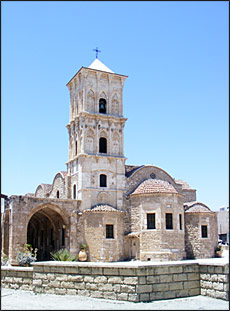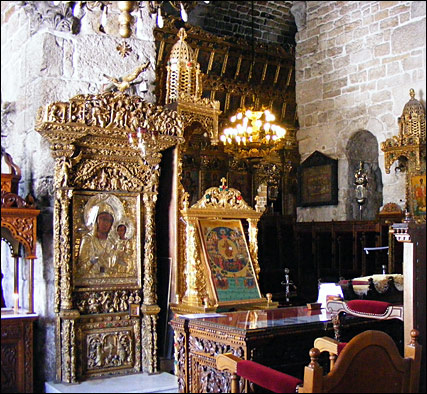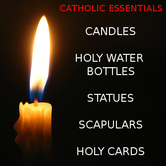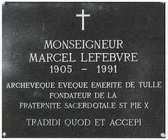
St Lazarus - The Friend of Christ
Lazarus, whom Jesus loved, the man who was buried twice, left Bethany because “the chief priests decided to kill Lazarus as well (as Jesus), since it was on his account that many of the Jews were leaving them and believing in Jesus.” [John 12:10-11] According to ancient Cypriot tradition he went to Kition, Larnaca, Cyprus, where later he was met by the Apostles Paul and Barnabas on their missionary journey through Cyprus, and was ordained by them as the first Bishop of Kition.
Lazarus - The first Bishop of Kition (Larnaca)
This tradition is supported not only by archaeological evidence, but also by the credible religious historian, Arethas, Archbishop of Cesarea, who related the discovery of Larzarus' tomb and the transport of his bones to Constantinople in the late ninth century.
The church we see today, dating back to the early tenth century is in fact the third church built upon this site, which was once the location of the ancient necropolis where Lazarus had been buried. The foundations of one of the previous churches may still be seen beneath the current St Lazarus in Lazarus' tomb.
The bones of the saint were first discovered in 890 A.D. in his tomb in the small church that existed at that time, the second built on the site. These were found in a marble sarcophagus which was inscribed with the following:
"Lazarus four days dead and friend of Christ".
The then Emperor of Byzantium, Leo VI the Wise, according to custom, carried the bones to Constantinople, and in exchange for them, he sent money and technicians to build the church that we see today.
The transport of the holy relics from Kition (Larnaka) to Constantinople was related by Arethas, bishop of Caesarea thus giving historical credibility not only to the event, but also to the fact that the bones of Lazarus in Kition was a well-know fact of the time.
There is another worthy tradition to mention about Mary and Martha coming to Cyprus to visit St. Lazarus. According to this tradition, Lazarus sent a ship to the Holy Land to bring Mary, Martha, as well as John the apostle and some other disciples to Cyprus because he missed them and wanted to see them.






